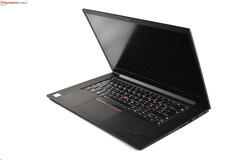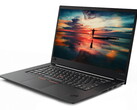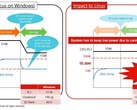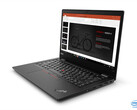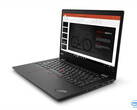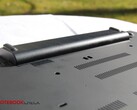Thermal throttling has become a major problem with recent generations of Intel processors. Due to Intel's inability to release 10nm CPUs, the semiconductor giant instead relied on more CPU cores & a higher power consumption to make its CPUs faster.
This has lead to some performance gains, but it has made the performance more unpredictable as well. Laptop buyers can not rely on the spec-sheet anymore if they want to know how fast a laptop is. Instead, they have to read reviews to find out how much & for how long a processor in any given laptop can actually utilize its advertised turbo clock-rates. Laptops equipped with the same CPU can deliver a vastly different level of performance, depending on the cooling system & its settings. Sometimes, laptops equipped with an i7 CPU can even be slower than the same model with an i5.
In other cases, newer laptop models are slower than the older ones. One such case is the Lenovo ThinkPad P1 Gen 2, a high-end mobile workstation equipped with the newest Intel Coffee Lake Refresh H-series CPUs. For such a device, CPU performance is extremely important. Thus, we were disappointed to find out during our review that the ThinkPad P1 2019 actually lagged behind its predecessor, the ThinkPad P1 Gen 1. This graph shows sustained CPU performance in the Cinebench R15 Multicore test:
Both ThinkPad review devices were equipped with similarly fast hexa-core processors and Lenovo did not change the hardware design of the cooling system. It seems like one possible explanation is that the firmware settings of the cooling systems are worse on the ThinkPad P1 Gen 2. That definitely seems like a possibility and indeed, ex-factory, the CPU performance under sustained load was even worse. Lenovo has optimized the performance with a newer BIOS version. Still, as visible in the graph above, it still lags behind the older ThinkPad P1 2018.
Our full-review with many more benchmarks and measurements should be ready until the end of the week.
Source(s)
Own




